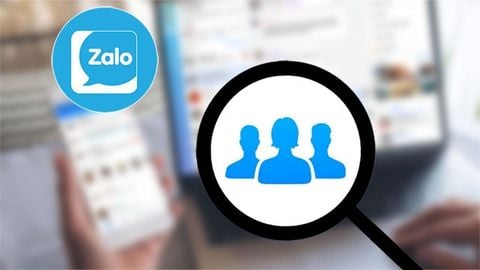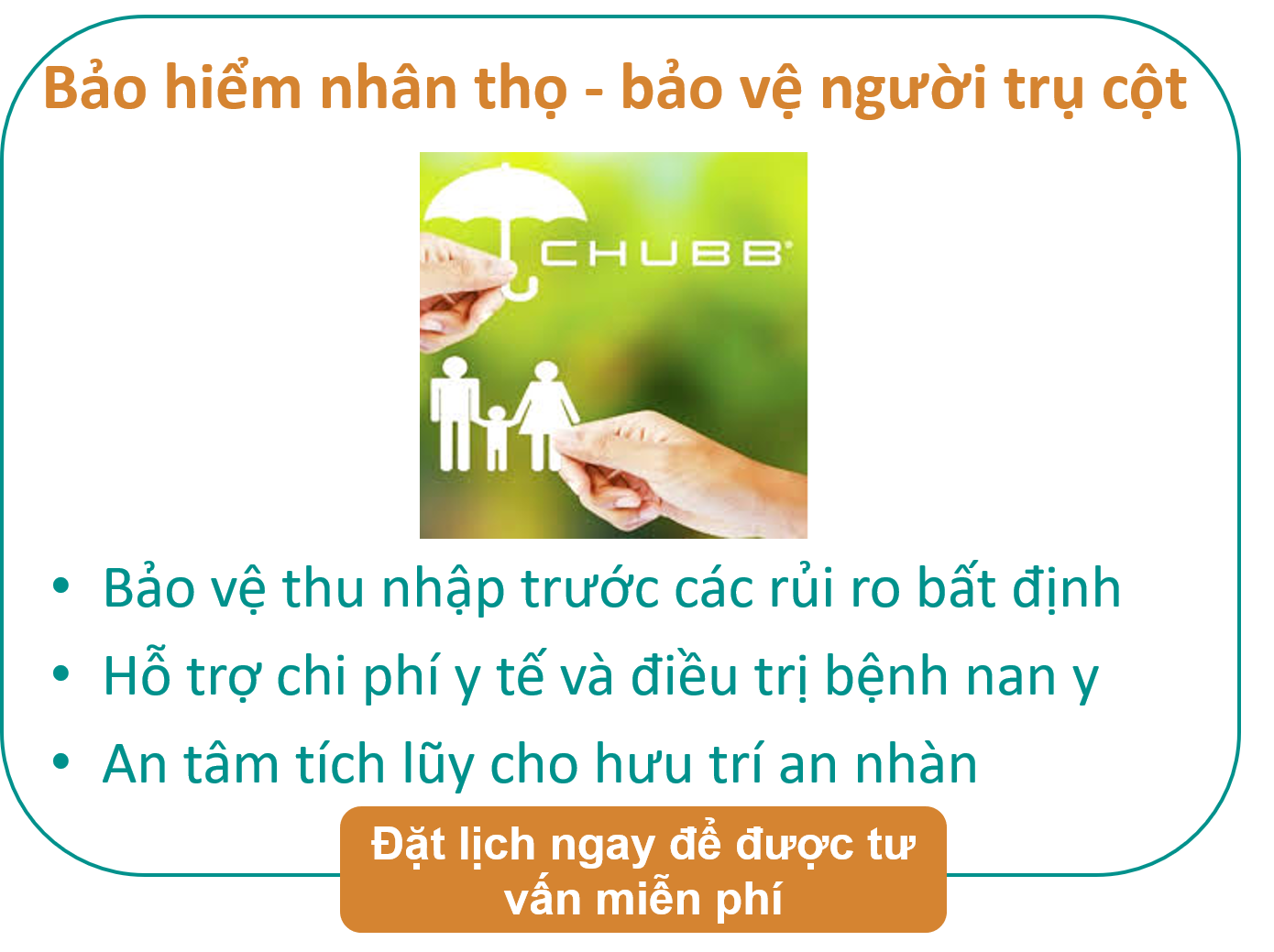WebView trong Android
Trong Android, Đối tượng WebView dùng để hiện thị trang trong một ứng dụng. Trang web có thể được tải từ cùng một ứng dụng hoặc URL. WebView được sử dụng để hiển thị nội dung trực tuyến trong Activity của Android. Chúng ta cũng có thể hiện thị HTML trong ứng dụng Android, bằng cách sử dụng WebView.Android WebView sử dụng bộ máy webkit để hiển thị trang web android.webkit.WebView là lớp con của lớp AbsoluteLayout.
Để thêm Web View trong ứng dụng, Trong tập tin chúng ta thêm phần tử <WebView>, Cũng có thể thêm trong Java Class
WebView code trong XML
<WebView android:id="@+id/simpleWebView" android:layout_width="fill_parent" android:layout_height="fill_parent" />
Phân Quyền truy cập Internet cho WebView
Để Activity có thể truy cập được internet và tải trang web trong webview. Chúng ta cần phải phân quyền truy cập internet cho ứng dụng trong tập tin Manifest (Manifest.xml).
Code phân quyền:
<!--Add this before application tag in AndroidManifest.xml--> <uses-permission android:name="android.permission.INTERNET" />
Các phương thức thường dụng của WebView
Dưới đây là một số phương thức thường dùng để cấu hình WebView trong ứng dụng của chúng ta
1. loadUrl() – Tải một trang web vào ứng dụng
loadUrl(String url)
Phương thức này dùng để tải trang web vào trong ứng dụng. Trong phương thức này chúng ta phải chỉ ra url của trang web mà chúng ta muốn tải trong WebView *Add in Oncreate() funtion after setContentView()*/ // initiate a web view WebView simpleWebView=(WebView) findViewById(R.id.simpleWebView); // specify the url of the web page in loadUrl function simpleWebView.loadUrl("http://hocviendaotao.com");
2. loadData() – Tải Html tĩnh vào WebView loadData(String data, String mimeType, String encoding)
Phương thức này sử dụng để tải trang HTML tĩnh vào trong WebView. Phương thức loadData có 3 tham số:String Data: Nội dung văn bản trong thẻ HTML
String mimeType:cho phép ấn định định dạng mở tập tin cho trình duyệt
String encoding: Bảng mã cho văn bản
/*Add in Oncreate() funtion after setContentView()*/ // initiate a web view WebView webView = (WebView) findViewById(R.id.simpleWebView); // static html string data String customHtml = "<html><body><h1>Hello, AbhiAndroid</h1>" + "<h1>Heading 1</h1><h2>Heading 2</h2><h3>Heading 3</h3>" + "<p>This is a sample paragraph of static HTML In Web view</p>" + "</body></html>"; // load static html data on a web view webView.loadData(customHtml, "text/html", "UTF-8");
3. shouldOverrideUrlLoading () - Tải trang web từ xa vào WebView sử dụng WebViewClient:
WebViewClient giúp chúng tôi giám sát sự kiện trong WebView. Chúng ta phải nạp chồng (Override) lại phương thức shouldOverrideUrlLoading (). Phương thức này cho phép chúng ta thực hiện hành động khi một url được chọn. Chúng ta có thể thiết lập WebViewClient trong WebView bằng phương thức setWebViewClient ().Vi dụ chúng ta tải một url bằng cách sử dụng ứng dụng web view client trong WebView.
WebView simpleWebView=(WebView) findViewById(R.id.simpleWebView); /*Add in Oncreate() funtion after setContentView()*/ // set web view client simpleWebView.setWebViewClient(new MyWebViewClient()); // string url which you have to load into a web view String url = "http://hocviendaotao.com/"; simpleWebView.getSettings().setJavaScriptEnabled(true); simpleWebView.loadUrl(url); // load the url on the web view } // custom web view client class who extends WebViewClient private class MyWebViewClient extends WebViewClient { @Override public boolean shouldOverrideUrlLoading(WebView view, String url) { view.loadUrl(url); // load the url return true;
4. canGoBack() – Di chuyển trang một trang web về trước nếu trang web đó tồn tại trong history.Phương thức này được sử dụng để xem một WebView có một trang web tồn tại trong mục lịch sử (history) để trở lại hay không. Phương thức này trả về giá trị Boolean đúng hoặc sai. Nếu nó trả về true thì phương thức canGoBack () được sử dụng để di chuyển một trang trước đó. Ví dụ kiểm tra xem trang web có history để trở về trang trước đó?
// initiate a web view WebView simpleWebView=(WebView)findViewById(R.id.simpleWebView); // checks whether a web view has a back history item or not Boolean canGoBack=simpleWebView.canGoBack();
5. canGoForward() –Di chuyển đến trang kế tiếp nếu trang kế tiếp tồn tại trong history.Phương thức này được sử dụng để xem một WebView có một trang web tồn tại trong mục lịch sử (history) để di chuyển đến trang kế tiếp hay không. Phương thức này trả về giá trị Boolean đúng hoặc sai. Nếu nó trả về true thì phương thức canGoForward() được sử dụng để di chuyển một trang kế tiếp. Ví dụ kiểm tra xem trang web có history để di chuyển đến kế tiếp?
// initiate a web view WebView simpleWebView=(WebView)findViewById(R.id.simpleWebView); // checks whether a web view has a forward history item or not Boolean canGoForword=simpleWebView.canGoForward() ;
6. clearHistory() – Xóa tất cả lịch sử trong WebView Phương thức này dùng để xóa tất cả lịch sử của WebView
WebView simpleWebView=(WebView)findViewById(R.id.simpleWebView); // initiate a web view simpleWebView.clearHistory(); // clear the forward and backward history
Ví dụ: Trong ví dụ này chúng ta sẽ làm ứng dụng gồm có 1 WebView và 2 Button. Khi người sử click vào Button "Load Web Page" sẽ xuất hiện trang website hocviendaotao.com, Click vào Button "Load Static HTML" Xuất hiện văn bản web tĩnh HTML. Tiến hành tạo project, vào thư mục res /layout -> activity_main.xml thiết kế giao diện sau:
Bước 1: Tạo một project tên là WebView: File->New->Android Application Project điền các thông tin ->Next ->Finish
Bước 2: Mở res -> layout -> xml (hoặc) activity_main.xml và thêm code, chúng ta sẽ tạo các đối tượng SeekBar trong Linear Layout.
<LinearLayout xmlns:android="http://schemas.android.com/apk/res/android" xmlns:tools="http://schemas.android.com/tools" android:layout_width="match_parent" android:layout_height="match_parent" android:orientation="vertical" android:paddingBottom="@dimen/activity_vertical_margin" android:paddingLeft="@dimen/activity_horizontal_margin" android:paddingRight="@dimen/activity_horizontal_margin" android:paddingTop="@dimen/activity_vertical_margin" tools:context=".MainActivity"> <LinearLayout android:layout_width="fill_parent" android:layout_height="wrap_content" android:orientation="horizontal" android:weightSum="2"> <Button android:id="@+id/btnLoadWebPage" android:layout_width="0dp" android:layout_height="wrap_content" android:layout_marginRight="10dp" android:layout_weight="1" android:background="#444" android:text="Load Web Page" android:textColor="#fff" android:textSize="14sp" android:textStyle="bold" /> <Button android:id="@+id/btnLoadFromStaticHtml" android:layout_width="0dp" android:layout_height="wrap_content" android:layout_marginLeft="10dp" android:layout_weight="1" android:background="#444" android:text="Load Static HTML" android:textColor="#fff" android:textSize="14sp" android:textStyle="bold" /> </LinearLayout> <WebView android:id="@+id/simpleWebView" android:layout_width="fill_parent" android:layout_height="fill_parent" android:layout_marginTop="20dp" android:scrollbars="none" /> </LinearLayout>
Bước 3: Mở app -> src ->MainActivity.java và thêm code.Trong bước này chúng ta mở MainActivity và khởi tạo WebView, Button. xử lý sự kiện cho 2 Button.
package hocviendaotao.com.webview; import android.app.Activity; import android.os.Bundle; import android.view.Menu; import android.view.MenuItem; import android.view.View; import android.view.View.OnClickListener; import android.webkit.WebView; import android.webkit.WebViewClient; import android.widget.Button; public class MainActivity extends Activity implements OnClickListener { WebView simpleWebView; Button btnLoadWebPage, btnLoadFromStaticHtml; @Override protected void onCreate(Bundle savedInstanceState) { super.onCreate(savedInstanceState); setContentView(R.layout.activity_main); btnLoadFromStaticHtml = (Button) findViewById(R.id.btnLoadFromStaticHtml); btnLoadFromStaticHtml.setOnClickListener(this); btnLoadWebPage = (Button) findViewById(R.id.btnLoadWebPage); btnLoadWebPage.setOnClickListener(this); simpleWebView = (WebView) findViewById(R.id.simpleWebView); } @Override public void onClick(View v) { switch (v.getId()) { case R.id.btnLoadFromStaticHtml: // define static html text String customHtml = "<html><body><h1>Hello, Hocviendaotao</h1>" + "<h1>Heading 1</h1><h2>Heading 2</h2><h3>Heading 3</h3>" + "<p>This is a sample paragraph of static HTML In Web view</p>" + "</body></html>"; simpleWebView.loadData(customHtml, "text/html", "UTF-8"); // load html string data in a web view break; case R.id.btnLoadWebPage: simpleWebView.setWebViewClient(new MyWebViewClient()); String url = "http://hocviendaotao.com/"; simpleWebView.getSettings().setJavaScriptEnabled(true); simpleWebView.loadUrl(url); // load a web page in a web view break; } } // custom web view client class who extends WebViewClient private class MyWebViewClient extends WebViewClient { @Override public boolean shouldOverrideUrlLoading(WebView view, String url) { view.loadUrl(url); // load the url return true; } } }
Bước 4: Mở manifests -> AndroidManifest.xmlMở tập tin AndroidManifest.xml và phân quyền truy internet cho ứng dụng:
<?xml version="1.0" encoding="utf-8"?> <manifest xmlns:android="http://schemas.android.com/apk/res/android" package="hocviendaotao.com.webview" android:versionCode="1" android:versionName="1.0" > <uses-sdk android:minSdkVersion="8" android:targetSdkVersion="21" /> <uses-permission android:name="android.permission.INTERNET"/> <application android:allowBackup="true" android:icon="@drawable/ic_launcher" android:label="@string/app_name" android:theme="@style/AppTheme" > <activity android:name=".MainActivity" android:label="@string/app_name" > <intent-filter> <action android:name="android.intent.action.MAIN" /> <category android:name="android.intent.category.LAUNCHER" /> </intent-filter> </activity> </application> </manifest>
Ứng dụng này được phát triển bởi adt bundle, android 4.2 sử dụng minimum sdk 11 and target sdk 21.
Sau đó click vào Button "Load Web Page".
Tham khảo từ nguồn: Hiepsiit












